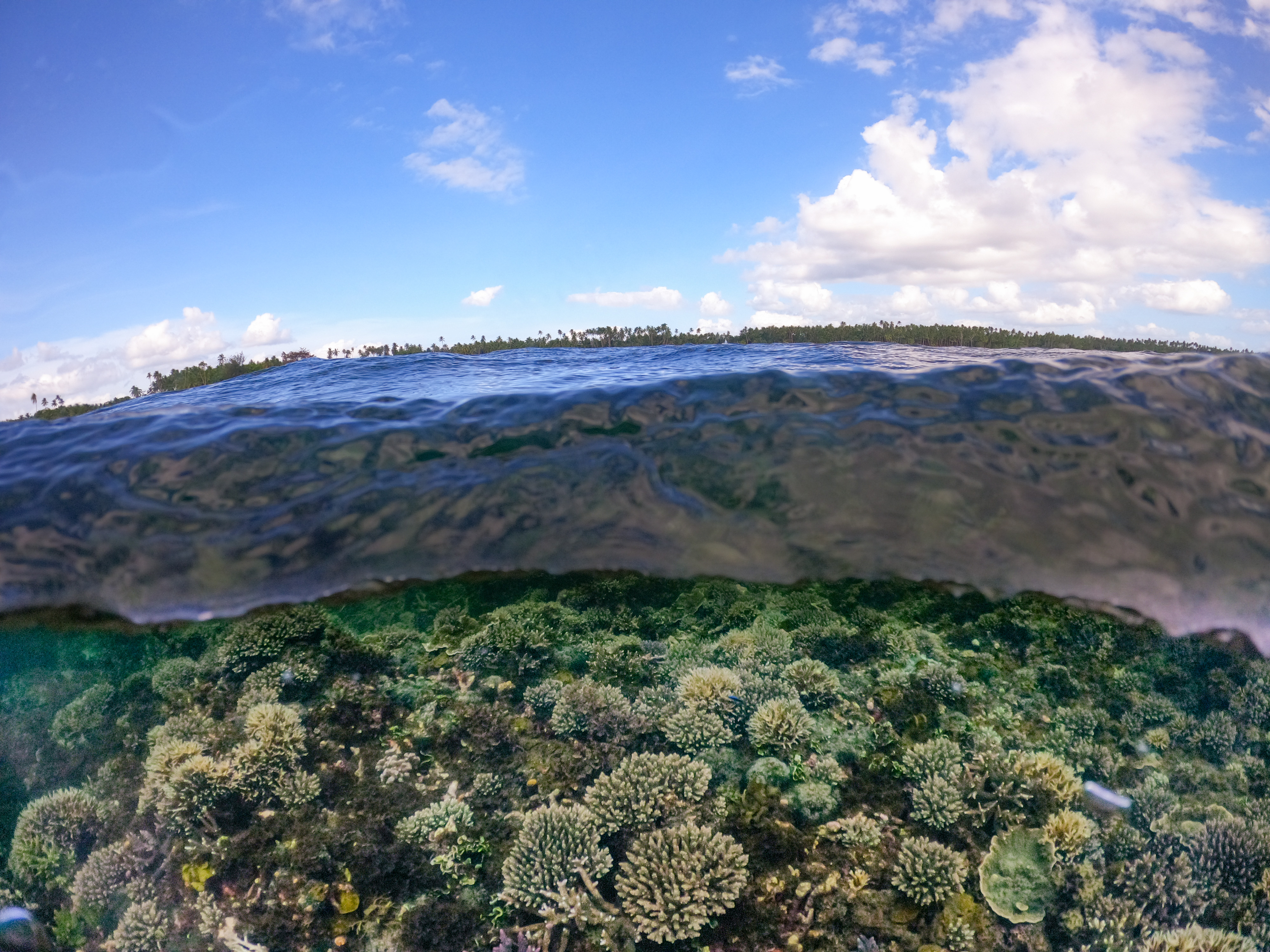
ATSEA-2 and OSRL held their second webinar for 2022 on 24 May 2022. The webinar covered Surveillance, Modelling and Visualisation (SMV) and Oil Spill Response Strategies building on the concepts introduced during the first webinar. The objectives of the second webinar were to:
- provide awareness of different oil spill response strategies, including SMV;
- understand key surveillance options during a response, including their advantages and disadvantages;
- impart an understanding of principles and types of oil spill modelling; and
- appreciate the benefits, limitations, and issues of different response strategies.
Mr Norman Lorica Ramos from OSRL facilitated the webinar. The webinar resource speakers and the topic they presented are as follows:
- Ms Casandra Tania (ATSEA-2) – Introduction of ATSEA-2
- Ms Hon Phui Hang (OSRL) – Surveillance, Modelling and Visualisation
- Mr Nobel Aung (OSRL) – Oil Spill Response Strategies
There are two more webinars scheduled for this year. The upcoming webinars will explore more case studies and expand knowledge on oil spill preparedness and response.
A big thank you to those who attended our webinars. If you missed our webinars, you could watch those on ATSEA-2’s YouTube channel or OSRL’s website:
| Webinar | ATSEA-2's YouTube Channel | OSRL Website |
| Quarter 1 | ATSEA-2 Webinar YouTube Quarter 1 | Seminar Recording ATSEA-2 Quarter 1 |
| Quarter 2 | ATSEA-2 Webinar YouTube Quarter 2 | Seminar Recording ATSEA-2 Quarter 2 |
The questions raised during webinar and the response of the resource speakers are presented below:
| Can we estimate the volume of the spill using the imagery/visual observation? |
Yes, it is possible to estimate the spill volume using visual observation. We use the Bonn Agreement Oil Appearance Code (BAOAC) as a reference for estimating the volume of spilled oil in relation to its appearance or colour. You can find information about using BAOAC to estimate spill volumes on the Bonn Agreement website.
Furthermore, OSRL has trained oil spill responders who will assume the role of aerial surveillance observers to perform oil quantification tasking and provide a report with photos and an estimate of oil spill volume. |
| Do thermal cameras on drones or aircraft distinguish between oil and water at night? | It is possible to determine thick oil (typically over 50 microns) from the thinner oils by using temperature variations between the thicker oil patches and water. Images able to show thicker parts of the oil on the sea surface. |
| Information on current (direction and speed) is often difficult to obtain. Any tips on suitable options for accessing this data? |
There are free weather data available in the public domain. However, oil spill modelling software will require this data to go through further data processing if you wish to use the data in this way. You can reference the following websites for meteorological information: |
| We normally get the information through a subscription to an environmental data provider; it comes with the package of spill modelling software. Can we get access to open public environmental data? |
Please see the above question for a list of useful websites for meteorological information. |
| Is there a minimum thickness of oil spill that satellite imagery can detect? |
The determination of oil spill thickness and type through imagery analysis is a prominent area of research in both the oil spill and remote sensing industries. Whether you deploy a remote sensor on a vessel, aircraft or satellite, it needs to be capable of distinguishing between different oil thicknesses across a spill to calculate spill volumes. Using image analysis to determine oil thickness and type requires the optimum combination of sensors, specific operating conditions and expert interpretation. Research is still being carried out on this technique, although researchers have made some progress in determining thickness using hyperspectral imagery. For more information, you may refer to the Good Practice Guide by IPIECA on Satellite remote sensing of oil spills at sea |
| For the In-Situ Burning (ISB) regulatory approval, in your experience, which govt entities issued the approval? How long does it take to get the license, considering the time window for in-situ burning? |
It would be best to refer to the National Contingency Plan of the country where the spill occurred to identify the relevant regulatory agency that issues approval on the ISB.
The duration of approval depends on the location, size, and type of oil spill. In countries like the USA, several state and federal agencies are involved in the approval of the ISB. We anticipate that the approval timeframe varies significantly from country to country (assuming ISB is a permitted response strategy).
Please note that there are countries where ISB is not permitted. For example, the Philippines does not allow the use of ISB as a response strategy. ISB is not in line with the Philippines Clean Air Act of 1999.
For more information, there is a Good Practice Guide by IPIECA on In-situ Burning, which you could use as a reference. |
| For more details, can you recommend a scientific publication that discuss the impact of dispersants? |
There are several publications regarding Dispersants. We would recommend the following references as a starting point for you: Good Practice Guide by IPIECA on Dispersants: Surface Application Technical Information Paper by ITOPT on the Use of Dispersants to Treat Oil Spills |
Check out the Events page for the next ATSEA-2 & OSRL webinar.



